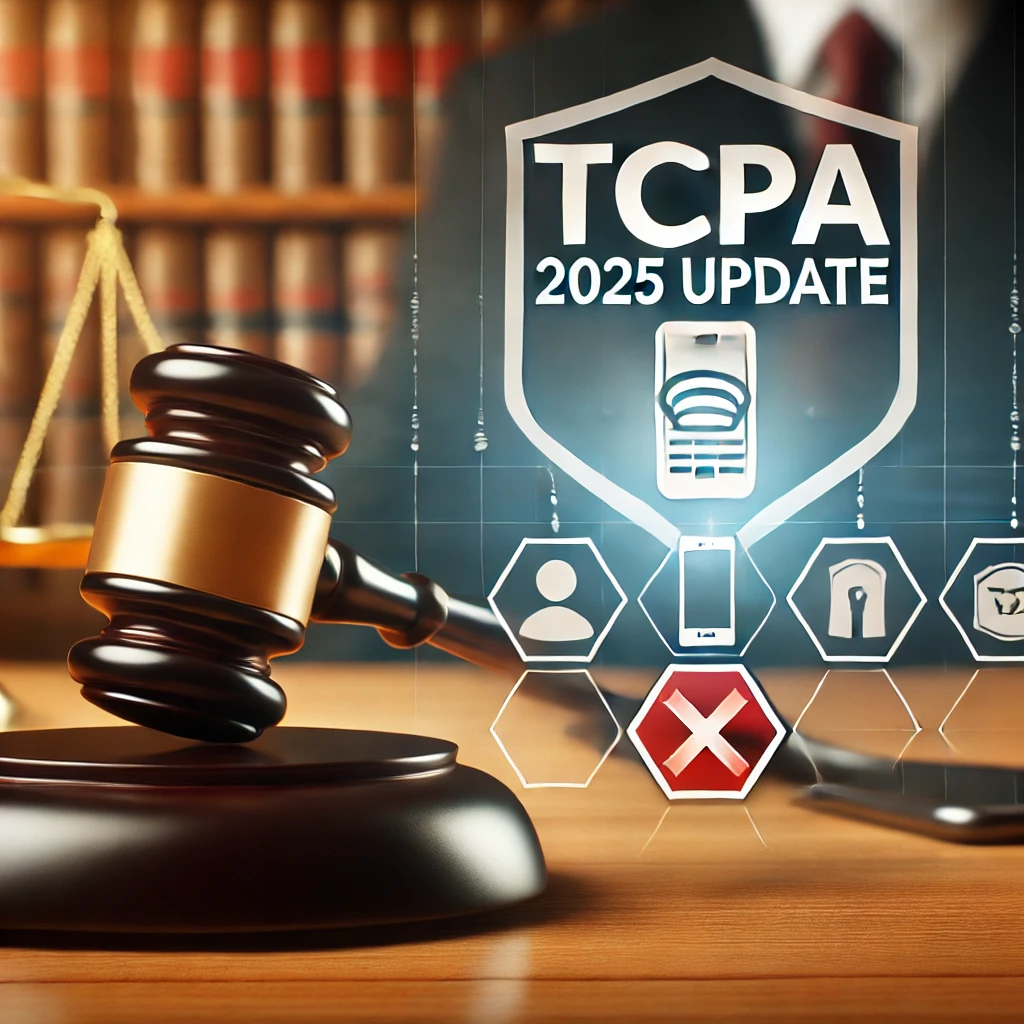7 questions to ask before engaging customers with push notifications
How to connect and engage with customers is on the minds of most every business owner. Companies know they need to reach customers in real-time with personalized messages to remain competitive. Though we’re just beginning to tap the potential of the mobile market, businesses are seeing mobile apps as an effective way to build customer loyalty and improve engagement. How so?
One tactic proving to be successful when done well is the use of push notifications. We define this term here along with all the other mobile marketing words to know. Like texts, push notifications are sent directly to a user’s mobile home screen once they’ve downloaded an app. Unlike texts, they have permission settings and a wide range of customization options that can increase user engagement.
What’s the big deal about push notifications? Push notifications have an average open rate of over 90%. A study done by Localytics shows that users launched an app an average of 14.7 times per month when they accepted push notifications versus those who declined and therefore only opened at an average rate of 5.4 times per month. The study goes on to say that 65% of the users who allowed the notifications also returned to the app after 30 days compared to just 19% of those who opted out. This is a huge incentive to encourage users to accept these messages. Once you have permission, keep working to maintain it.
At their best, push notifications give users instant access to relevant and valuable information. For businesses, push notifications are a direct line of communication. They offer the ability to share deals and special promotions that encourage action.
Now for a word of caution: Given the direct and personal nature of this communication, push notifications must be used wisely as no one wants to be inundated with alerts. Poorly designed messages, or alerts sent too frequently, result in users turning off notifications or deleting the app altogether.
How do you get around being silenced, or even worse, deleted? When requesting this type of attention, make sure you have something of significant value to share. Here’s a good gut check:
7 Questions to Ask Before Sending
- Is this customer expecting this type of communication from you? A good onboarding experience and setting expectations are everything.
- When was the last time the user received a push notification from you? Determine how often is not often enough and too often.
- Is this the right time and place for the customer to receive a notification from you? Take into account time zones and location.
- Has this message been successful with customers in the past? Answering this question requires you to track and analyze the performance of your efforts — a sign of any good marketer.
- Is this message part of a broader marketing strategy? Push notifications should be complementary to your website, email marketing, search marketing, social media, print, and other forms of advertising.
- What’s in it for them? If you’re just thinking about promoting your business, you’ve already lost.
- Are you following the Golden Rule? “Do unto others as you would have them do unto you.”
Mobile Apps Service
Ready to drive engagement and increase loyalty with with mobile messaging? We’ve launched a brand new service that makes building mobile apps scalable and affordable.
© 2016 – 2018, Linzi Breckenridge. All rights reserved.



